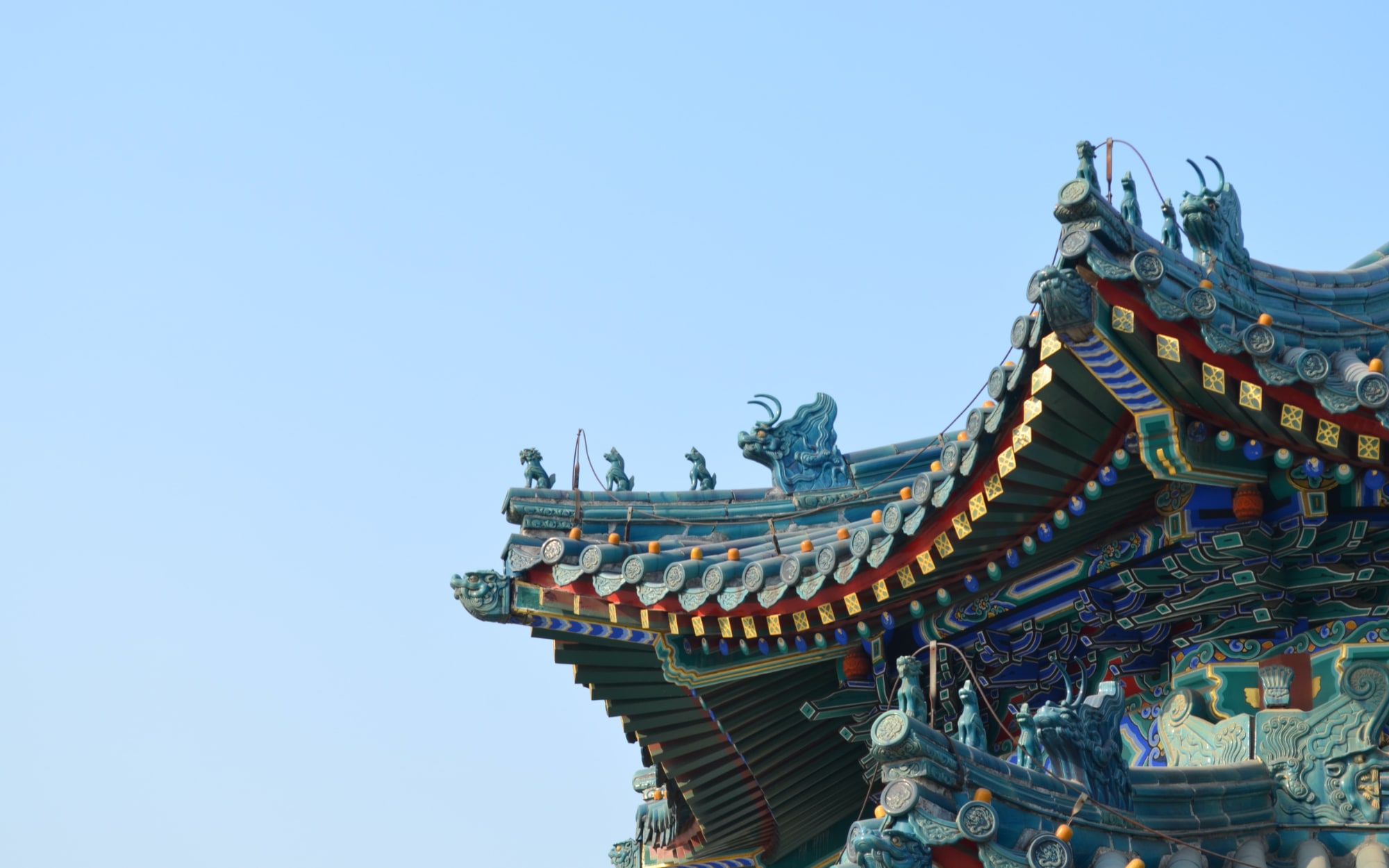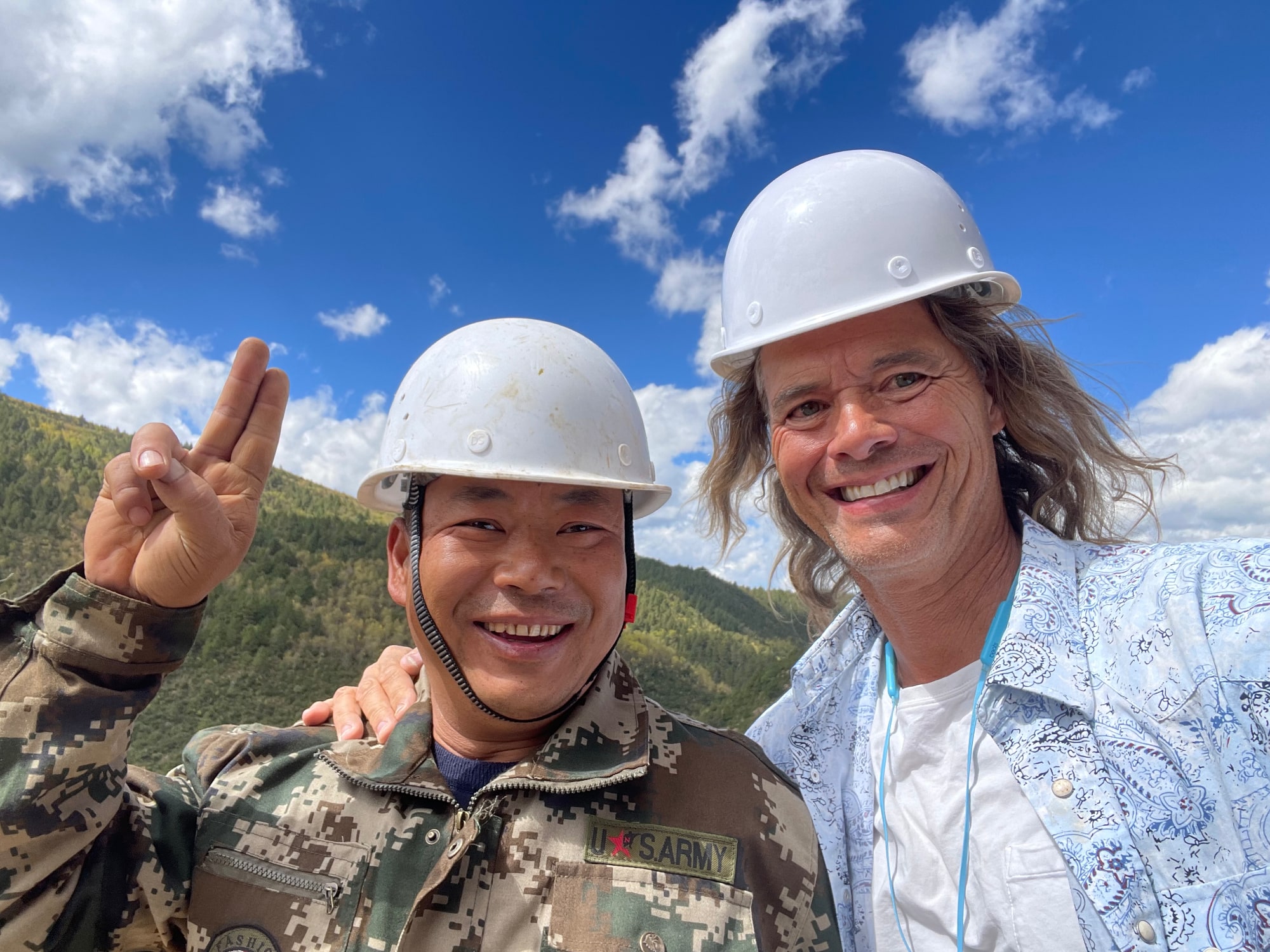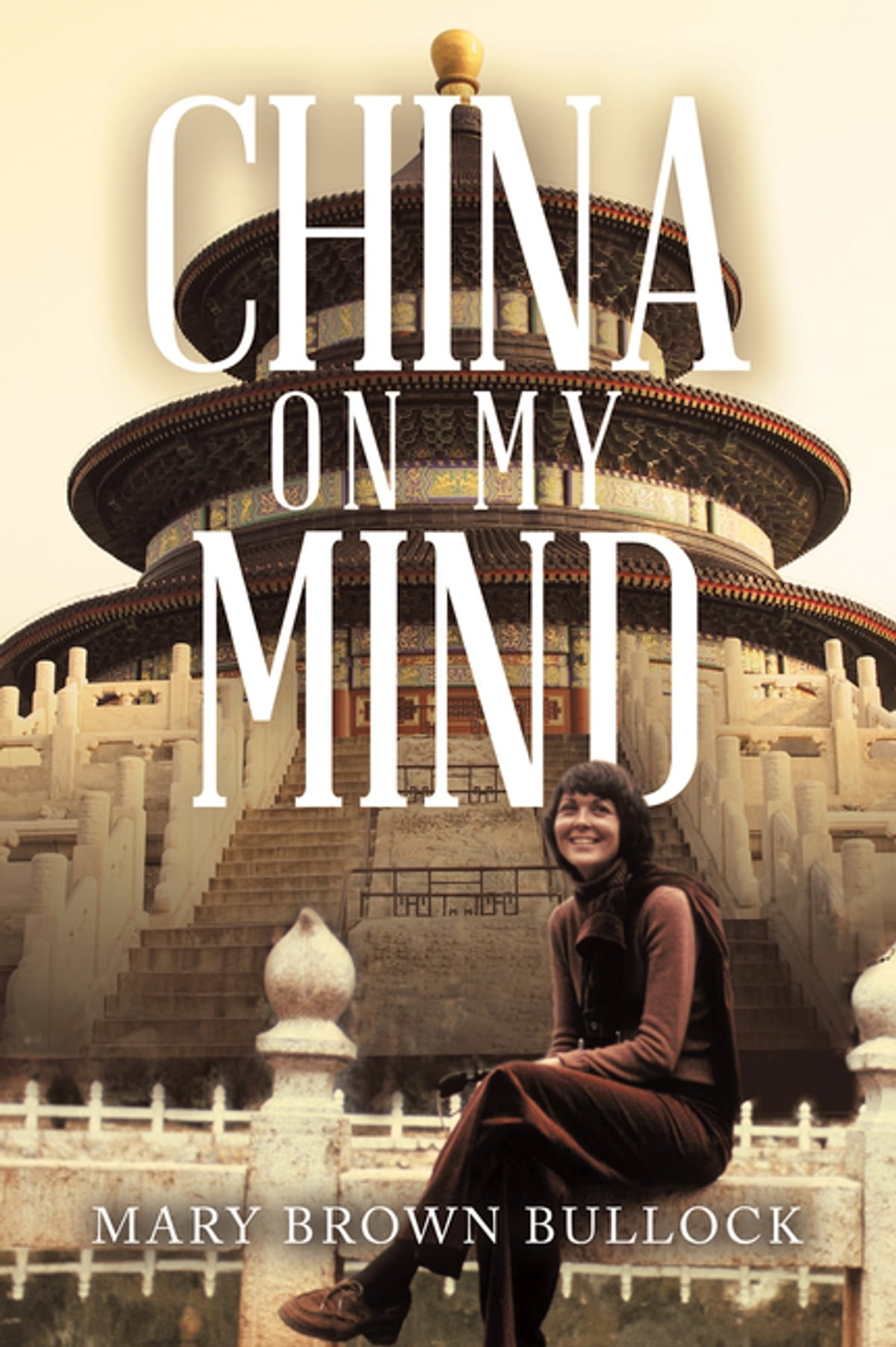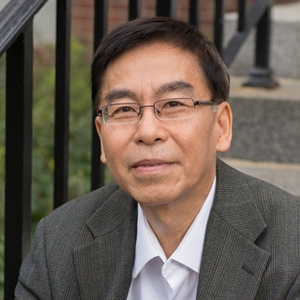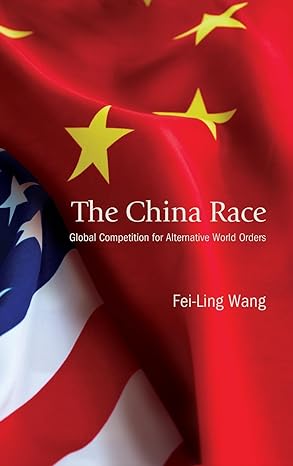This issue of China Currents provides analysis and insights into frictions that have arisen by virtue of China’s emergence as a major force in the world. In our lead article, Doug Barry argues that the “adaptability, flexibility, persistence, and pragmatism” of small businesses offer something of a roadmap for navigating U.S.-China trade tensions and moving away from decoupling.
Next, we focus on another potential flash point: Taiwan. The issue features a full video of a panel discussion at Spelman College in Atlanta on Nov. 16 titled “Taiwan as a factor in U.S.-China relations.” The three panelists — Mao Lin from Georgia Southern University, John Wagner Givens from Spelman College, and Yawei Liu from The Carter Center — also provided short summaries of their arguments. Dr. Mao warns against the U.S. drift toward “strategic clarity” regarding Taiwan. Dr. Givens argues that Taiwan, despite its powerful economic and technological successes, is still invisible on the world stage. Dr. Liu writes about the difficulty in maintaining peace and stability between Taiwan and China. He argues that the U.S. should re-emphasize Washington’s long-held position that the U.S. doesn’t support Taiwan independence and that the Taiwan issue should be settled peacefully between China and Taiwan.
John Garver turns to another flashpoint: China-India relations. In an interview with his spouse, our Managing Editor Penelope Prime, he discusses the causes and prospects for India-China relations. And finally, Mary Brown Bullock, the former president of Agnes Scott College and member of the China Research Center’s Advisory Board, introduces her memoir, which chronicles her family’s long engagement with China and “how an American family was affected by China’s civil war, the Korean War, Nixon’s opening, rapprochement, collaboration, and competition.”


